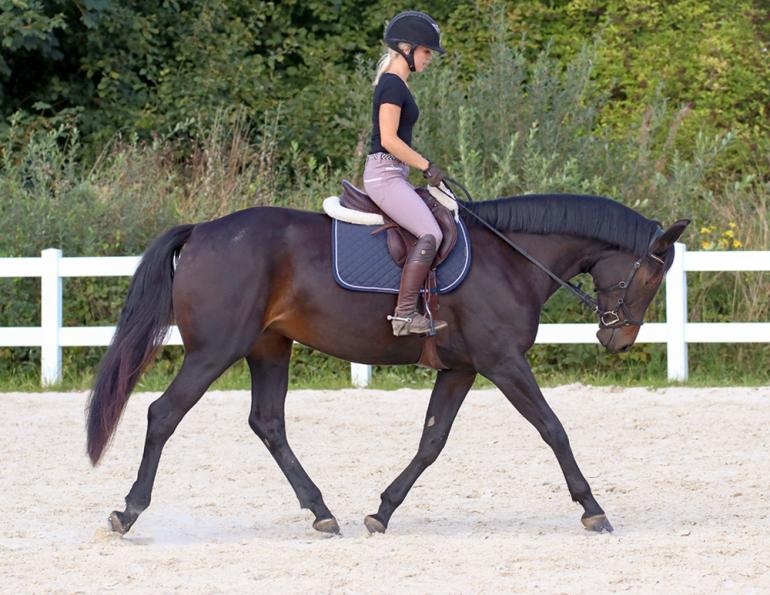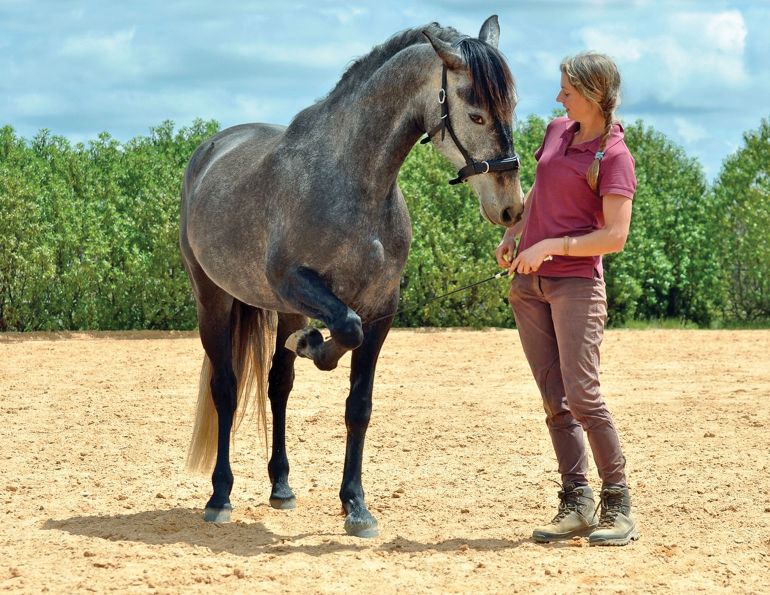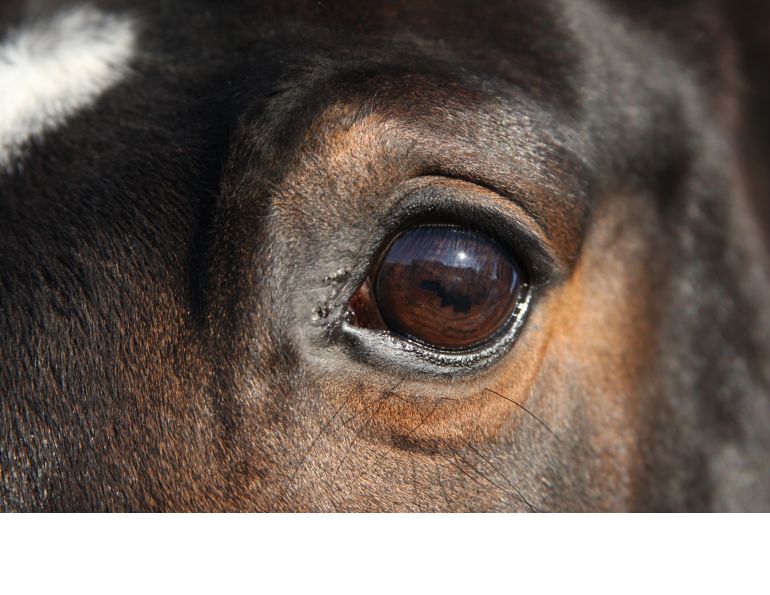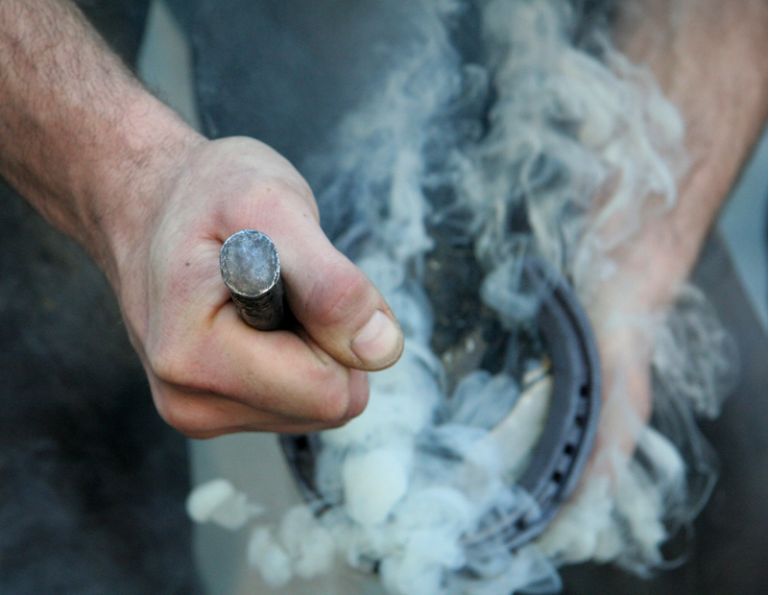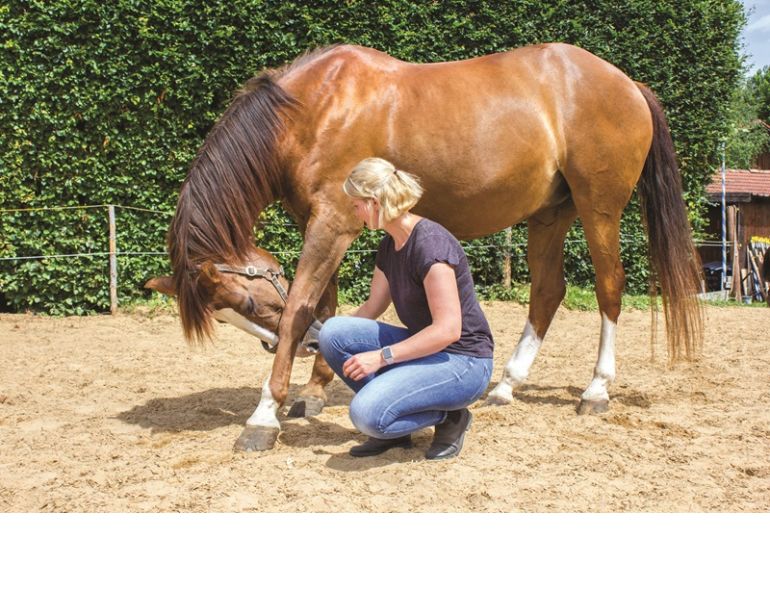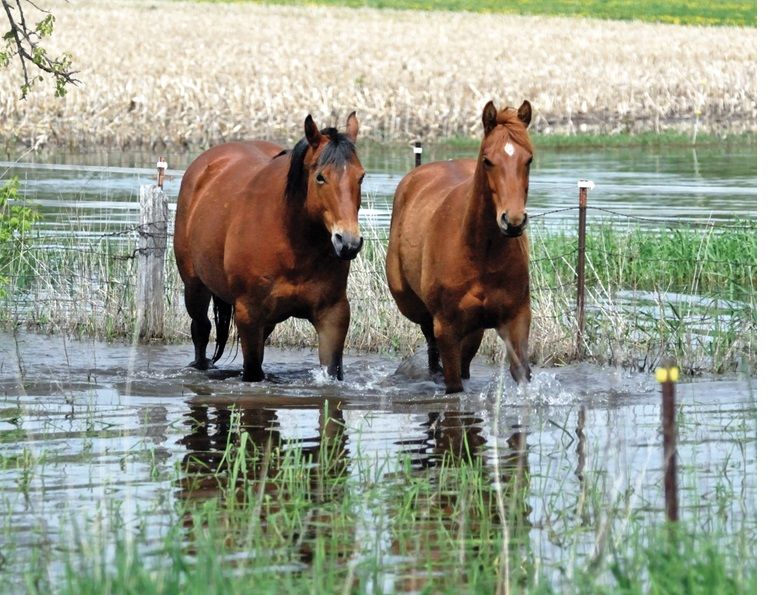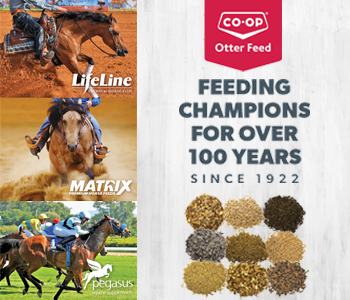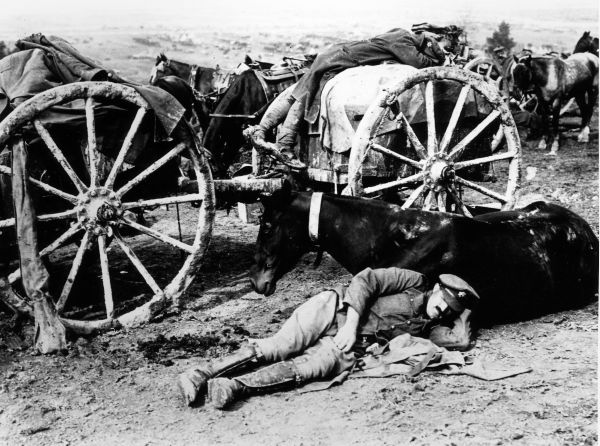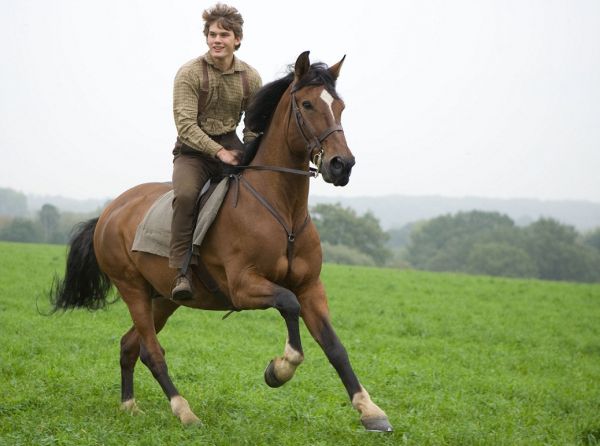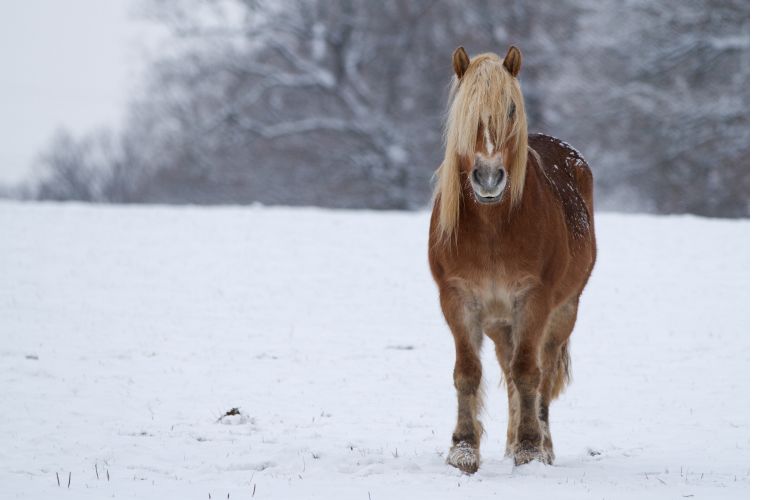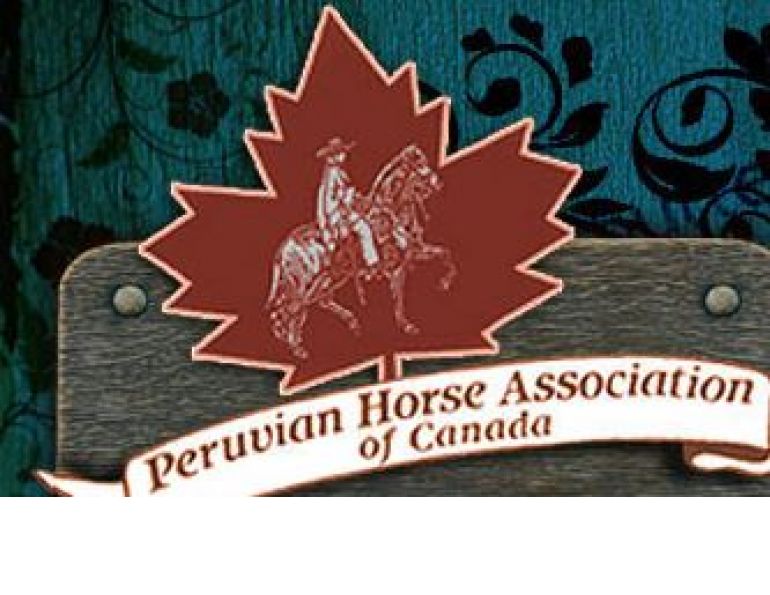By Alexa Linton, Equine Sports Therapist
When you think about injury prevention, tendon strengthening, joint lubricating, and health supporting interventions for your horses, do you also consider improving their proprioception? Supporting this often-overlooked aspect of function can be a game-changer for our horses.
All of us have firsthand experiences with the power of proprioception in our own bodies, whether we realize it or not — when we walk into a room without running into a wall, move through an uneven forest without tripping, walk over a narrow bridge or log without falling, or walk under a low hanging branch or roof without hitting our head. Proprioception is defined as: The awareness of the body in space. It is the use of joint position sense and joint motion sense to respond to stresses placed upon the body by alteration of posture and movement.
When proprioception is not working well in ourselves or in our horses, it may be perceived as clumsy, accident-prone, or distracted. If you’ve ever met a horse that tends to trip, injure himself, hit his head, feel “out of body” or unaware of his surroundings or footing, or has issues with balance, this is likely at least a part of the issue. Thankfully, proprioception is something we can support, improve, and build on because it is based in our neural networks and nervous system, and therefore can shift and change for the better. And that’s exactly what we’ll be talking about in this article.
Related: Psychology for Equestrians: First, Focus on Yourself

When horses are kept on flat surfaces without variation in footing, they can be prone to slipping or stumbling and resulting injury. Photo: Alamy/Agencja Fotograficzna Caro
First, let’s zoom in on the geeky side of proprioception to understand what is really happening at a more microscopic level. Proprioceptive senses in ourselves and our horses include the sense of position and movement of the limbs and trunk, the sense of effort, the sense of force, and the sense of heaviness. The receptors involved are located at the level of the skin, the muscles, the tendons, the joints, and in horses, at the hooves and the vestibular system. These receptors transmit information about limb movement and position to the related centres in the brain. This is a group effort, with many receptors working together to provide accurate information and produce signals during a movement, giving the brain and body as much information as possible about the endpoint position of a limb. This input from multiple receptors then goes to the central body neural map to accurately (hopefully) determine the location of our limbs in space.
What is the purpose of proprioception? It is the body’s strategy for preventing injury by improving awareness and balance while adapting to changing external conditions. What can reduce proprioception? Injury, aging, physical, emotional or mental stress, poor hoof care or balance, isolation, and neurological disorders. Another factor is sterile, flat, unvaried environments with no challenge to this essential system, reducing demand on receptors and leading to a patchy neural map. What we want is a robust neural map supported by many well-functioning receptors that are attuned and adaptable to changing landscapes and situations.
Now that the geeky stuff is out of the way, it’s time to look at what we can do to support our horses and ourselves to improve proprioception capacity.
Related: Why Curiosity is an Essential Mindset in the Saddle - Psychology for Equestrians
![]()
Moving over different types of terrain allows the horse to improve awareness and balance and adapt to changing conditions. Photo: Dreamstime/Iconstudios
We know that movement over varied surfaces, footing, and terrain can positively challenge the receptors and build proprioception. Many horses, like many humans, live on and move over flat, unvarying surfaces. A human living in the city, for example, may rarely encounter varied or uneven terrain, or surfaces like sand, mud, or gravel. With fewer receptors in the joints, muscles, and tendons prepared for navigating such surfaces, this person might be more prone to injury, tripping, and loss of balance when they encounter changes. Their nervous system has not had the opportunity to acclimatize and adjust by building new neural networks and updating neural maps. The very same is true of our horses. Many horses live on just a few types of footing and often on flat surfaces. They also tend to live alone. Ironically, this is often done to prevent injury, when in fact their lowered proprioceptive capacity from these measures makes them more prone to injury.
Recently, a participant in one of my programs shared that her horses, living in the Arizona desert on hard-packed earth, were prone to slipping when it rained or when walking over mud, as their systems were not used to this footing. On the other hand, my mares freely canter over mud daily at tight corners with no issue; their bodies have adjusted to the increased demand via a proprioceptive update to their neurological networks, connecting their brain to their hooves, muscles, tendons, joints, and vestibular centres.
Related: How to Use Hills for Horse Training
To increase proprioceptive capacity, we need to increase the demand in ways that are safe, supportive, and allow choices for our horses. We also need to reduce harmful and unnecessary stress in the nervous system. The easiest way to implement this is through horse-keeping that is constantly improving their proprioception, balance, and tissue and joint adaptability, as well as providing enrichment and reducing stress.

Interaction with other horses is one of the best ways to develop proprioception. Photo: AdobeStock/Margaret Burlingham
Look around your paddock or field and see it through the eyes of your horse. Does it enhance their proprioception by encouraging movement across diverse surfaces (sand, grass, soil, mud, pea gravel) and terrain (roots, hills, ditches, branches, logs, poles)? Does it incorporate enriching elements that promote choice in movement such additional hay nets, enrichment stations, and natural obstacles? Does it include interaction and relationships with other horses (which is one of the best ways to develop proprioception)? If not, is it possible to add some of these aspects to your horse’s living spaces? It doesn’t cost much — basically the cost of footing — to make a big difference. If you are in a boarding situation, could you work with your barn owner/manager to add some of these elements to your horse’s space?
I covered horse track systems in Get Your Horse on a Track System: Create a Paddock Paradise, and now I’m putting the finishing touches on a new online course called How to Build a Horse Track System (on the West Coast) because I love them! I haven’t found anything better that mimics a horse’s natural environment while promoting movement, creating enrichment, and improving proprioception and balance. Horses naturally thrive in a herd environment, roaming over varied terrain for hours every day in search of forage. If you seek more understanding of proprioception, watch videos of herds of Icelandic horses moving at top speed over very challenging terrain. Their bodies and nervous systems have adapted to their environment, allowing them to be balanced, strong, and surefooted. I hope this encourages you to add varied terrain and obstacles, with enriching elements that promote movement across it all.
Related: The Case for Lightness with Horses
Another excellent way to help develop proprioception in horses is hand-walking, as it is great for your relationship and allows navigation of new or challenging terrain in a controlled way. On your walk, find small hills, branches, root systems, and changes in footing like puddles, mud, sand, gravel, and grass. You can also do in-hand work with obstacles like pedestals, bridges, poles, barrels. A good exercise is to ask your horse to walk over a pole that is lined up with their body, so that their left front and hind are on one side and their right front and hind are on the other. This is tricky but great for connecting the brain to the feet — just what we want! Another excellent exercise is a narrow bridge obstacle, promoting both balance and awareness of all limbs.

Walking over a bridge obstacle promotes balance and awareness of all limbs, connecting the brain to the feet. Photo: Clix Photography
More easy ways of working with different destabilizing surfaces include incorporating a gym mat (it’s easy to find a used one), foam mats, or other “strange” footing into your groundwork routine. These types of unstable surfaces activate the receptors to work on balance. Surefoot equine pads are also a great tool to help a horse recalibrate their nervous system. These pads come in various firmness levels and angles and are a valuable addition to your equine wellness toolkit.
Related: Is Your Horse Ready To Be Ridden?
Lastly, doing bodywork with your horse including cranial work, nerve release, myofascial release, acupressure, and more can promote a healthier connection to the receptors in the tissues, while also improving communication between the tissues, brain, and body’s neural maps. For many horses, being more connected to their limbs and more aware of where they are in space is deeply supportive on many levels, as it can reduce the chance of injury and improve overall health and quality of life. And always remember the importance of balanced hooves, which are essential for supporting proprioception.
Improving proprioception benefits both you and your horse by enhancing balance, reducing injury risk, and supporting overall function. By prioritizing proprioception through environmental adjustments and targeted exercises, you can help your horse become more sure-footed, balanced, and confident.
Wishing you happy trails until next time!
Resources: Regarding movement science and proprioception in horses, one of my favourite resources is Kathy Sierra of Pantherflow.
Related: Can a Bitless Bridle Transform Your Ride?
Related: Safe and Sensible Equine Herd Integration
Main Photo: Alamy/Jitka Cernohorska





